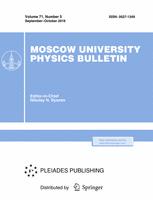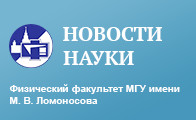In this paper, a method for distinguishing between liquid samples that are sensitive to the influence of low-intensity physicochemical factors is described. It is based on the calculation of the initial moments of the intensity distribution series in their infrared spectra and comparison of the obtained values with each other. Reliable signs of the coincidence of liquid samples that were obtained in the experiment were used to distinguish distilled water at –0.5 ± 0.5 and –3.0 ± 0.5$^{\circ}$C, and at –3.0 ± 0.5 and –5.0 ± 0.5$^{\circ}$C, and to distinguish between distilled and tap water at 25.0 ± 0.5$^{\circ}$C. For each sample, the moments were calculated for the bending (1640 cm$^{–1}$), combination (2090 cm$^{–1}$), and stretching (3370 cm$^{–1}$) water absorption bands. It was found that when comparing distilled water at –0.5 ± 0.5 and –3.0 ± 0.5$^{\circ}$C the greatest differences are observed for the bending band (50%). When considering distilled water at –3.0 ± 0.5 and –5.0 ± 0.5$^{\circ}$C, the greatest differences occur for the stretching band (54%). When comparing distilled water at 25.0 ± 0.5$^{\circ}$C and tap water at 25.0 ± 0.5$^{\circ}$C, the greatest differences were observed for the bending band (86%).
$^1$Department of Physics, Moscow State University, Moscow, 119991 Russia
$^2$Institute of Nanotechnology of Microelectronics, Russian Academy of Sciences, Moscow, 119991 Russia



